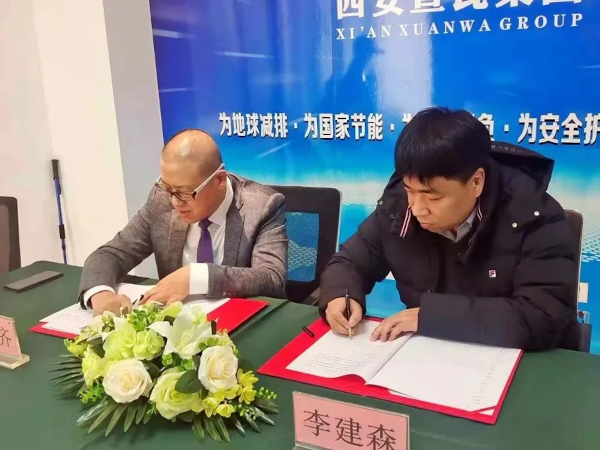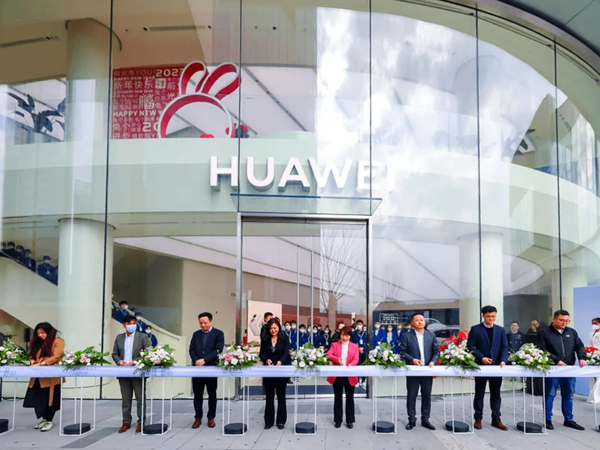Date: 27 December 2006
The three-dimensional clusters of petrified eggs from invertebrate animals that lived in a sea 501 million to 510 million years ago are preserved in silica — glass essentially. Jih-Pai Lin, an Ohio State University paleontologist, explained this is a totally unexpected way for soft eggs to fossilize and survive for eons.
Lin is the lead author of a report on the egg clusters published in the December issue of the journal Geology.
The first fossils of half-billion-year-old clusters of soft-shelled eggs have been found preserved in a strange new way in south China — some of the eggs were even caught in the act of dividing.
The three-dimensional clusters of petrified eggs from invertebrate animals that lived in a sea 501 million to 510 million years ago are preserved in silica — glass essentially. Jih-Pai Lin, an Ohio State University paleontologist, explained this is a totally unexpected way for soft eggs to fossilize and survive for eons.
Lin is the lead author of a report on the egg clusters published in the December issue of the journal Geology.
"The cool thing about this is the preservation," said Amherst College paleontologist Whitey Hagadorn, referring to the silica replacing the eggs' soft parts.
Previous eggs and embryos from the Cambrian and earlier have been found in calcium carbonate-rich and phosphate-rich rocks, which in many ways probably resembled the original chemistry of the sediments in which the eggs were laid.
The silica fossil eggs that Lin and his colleagues are studying, on the other hand, required an entirely different fossilization process that is more like that of the highest quality petrified wood.
Details of structures even inside individual cells can sometimes be seen. The silica supply for the fossilization probably came from glass spicules of sponges found in the same rocks, Lin surmised.
"That's something we hadn't known before," said Hagadorn of the silica preservation.
Lin explained the discovery of this method of preserving eggs means there's a whole class of rocks from the Cambrian Era in various parts of the world that can be explored for more ancient eggs and embryos.









Add new comment